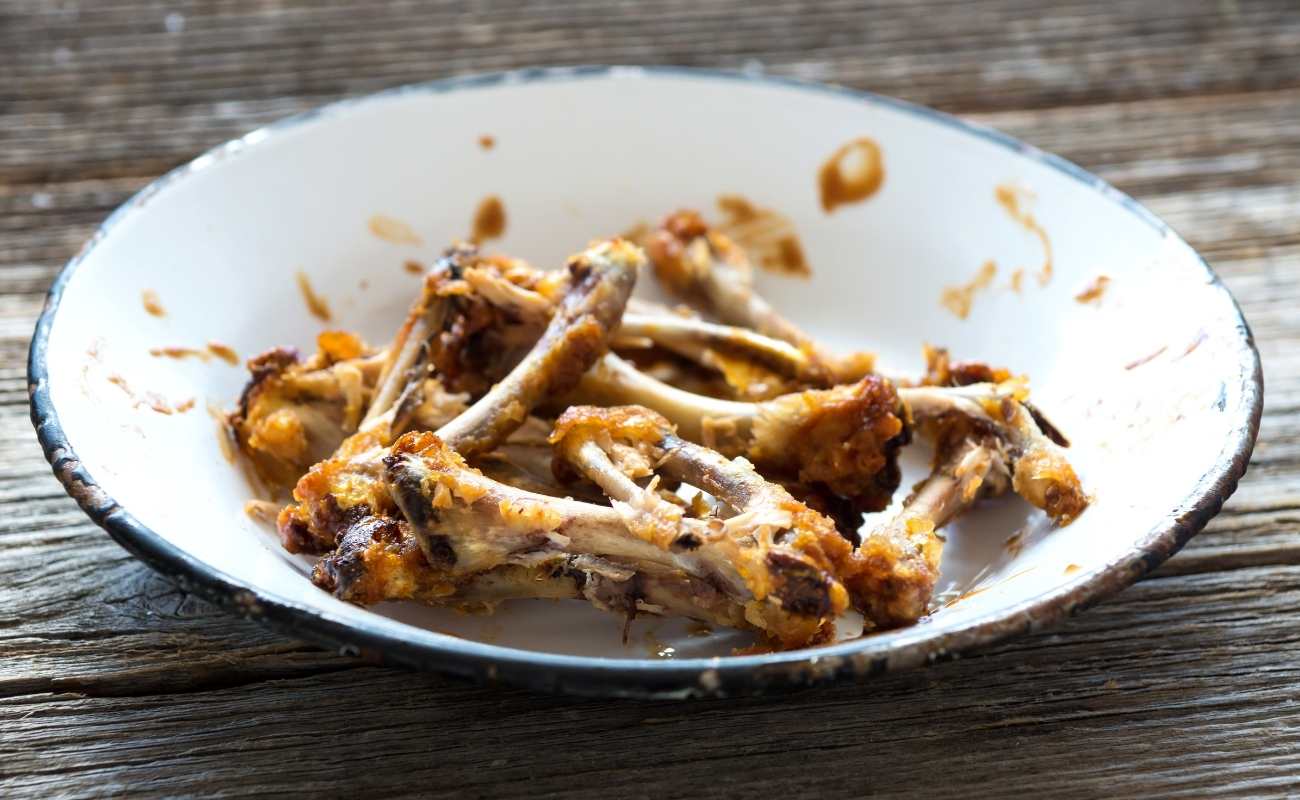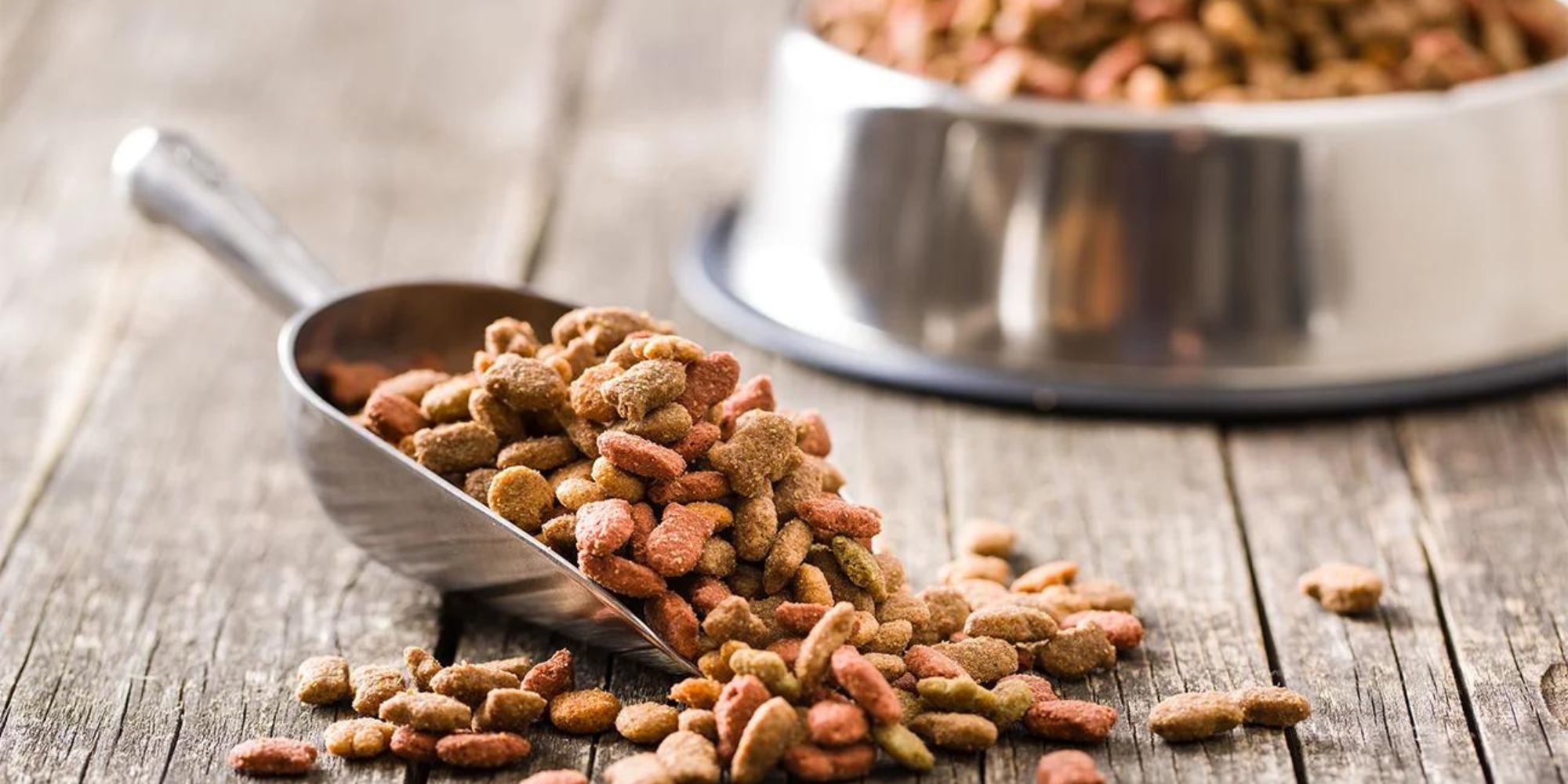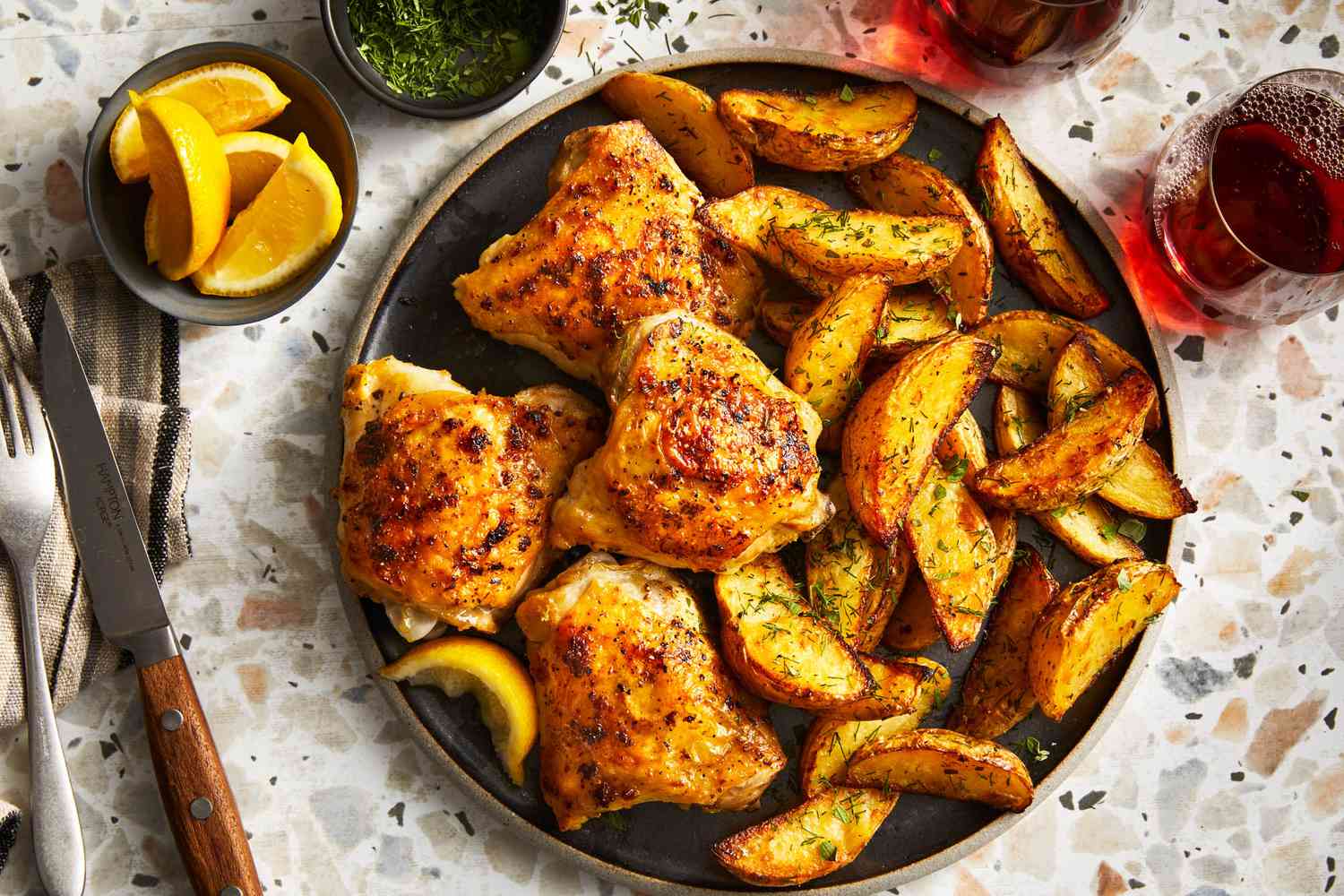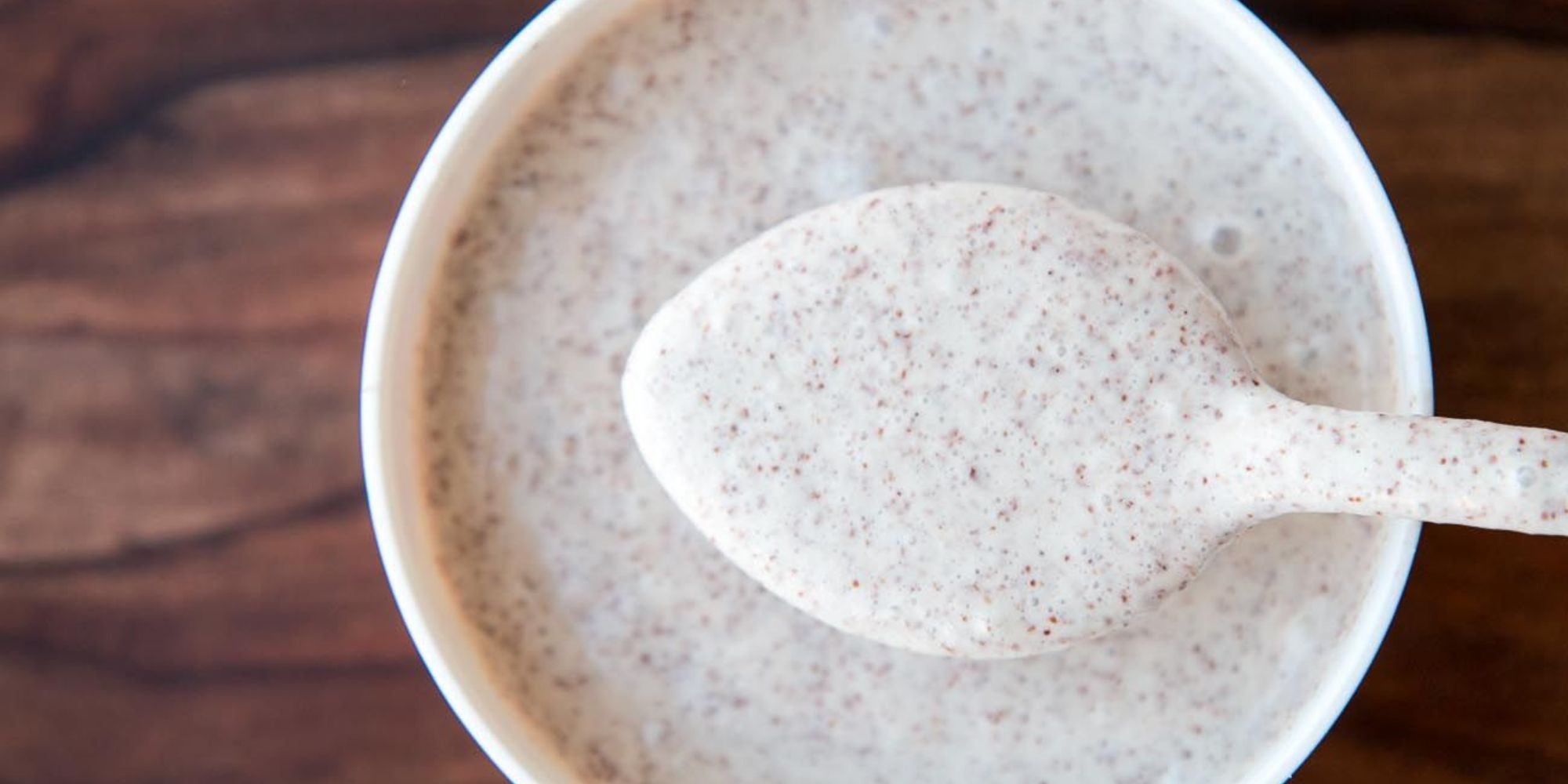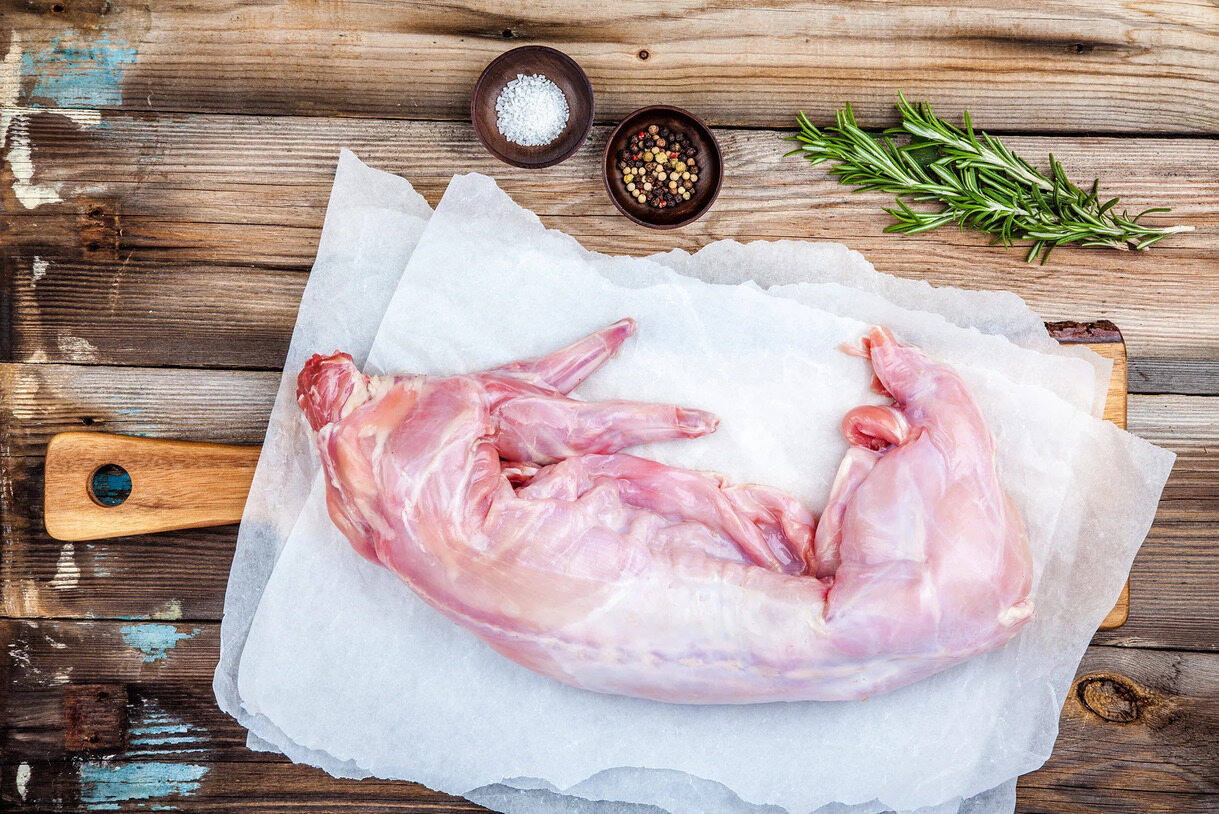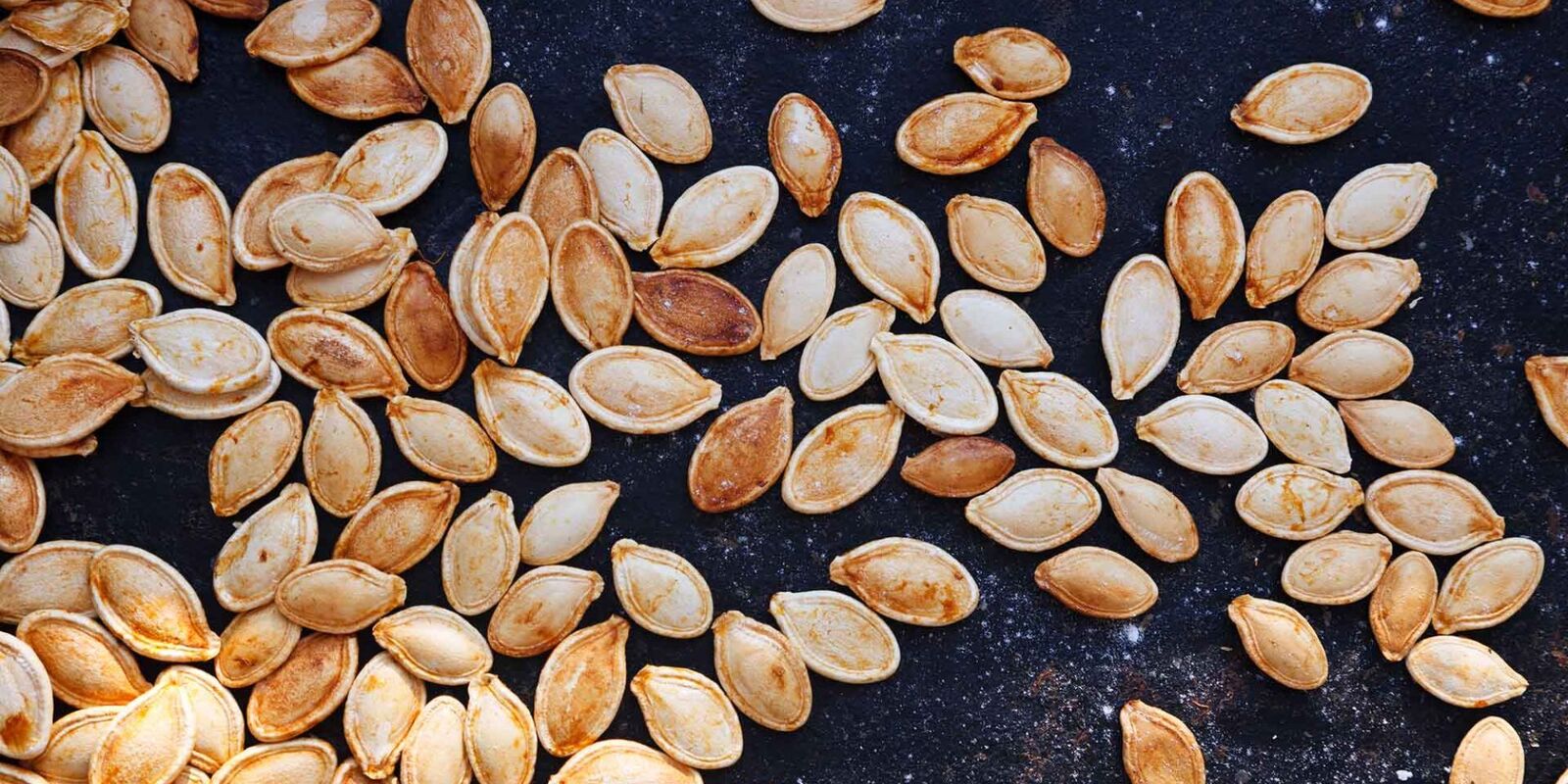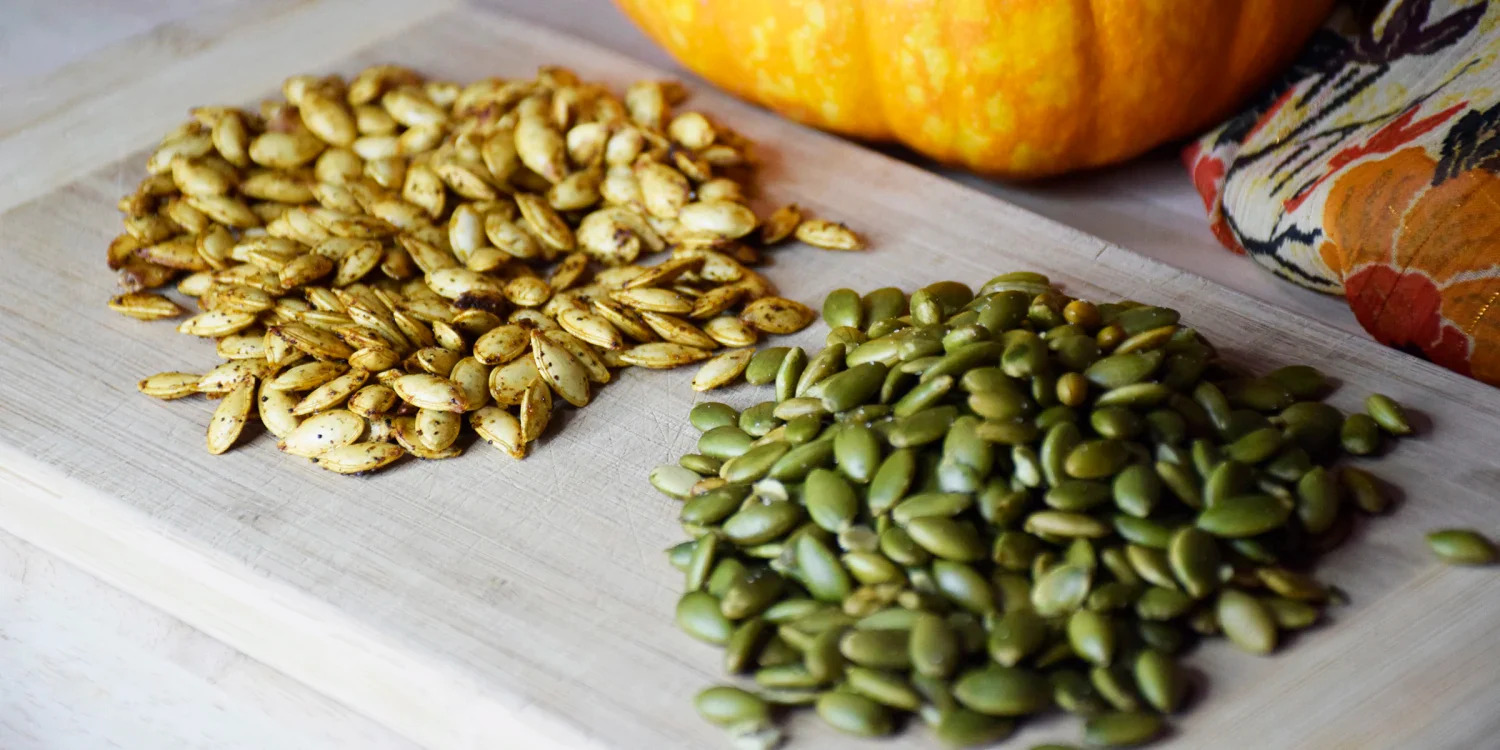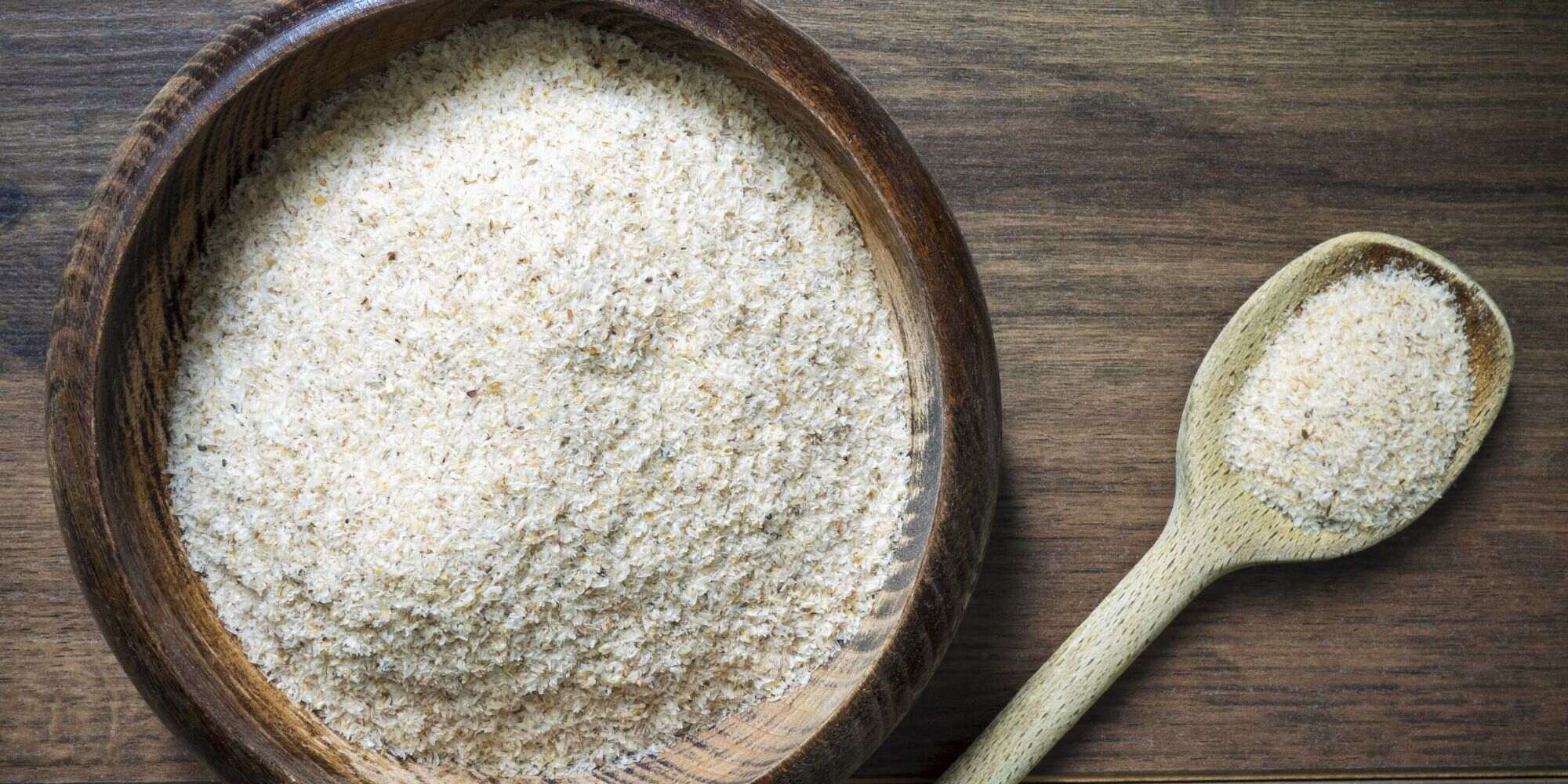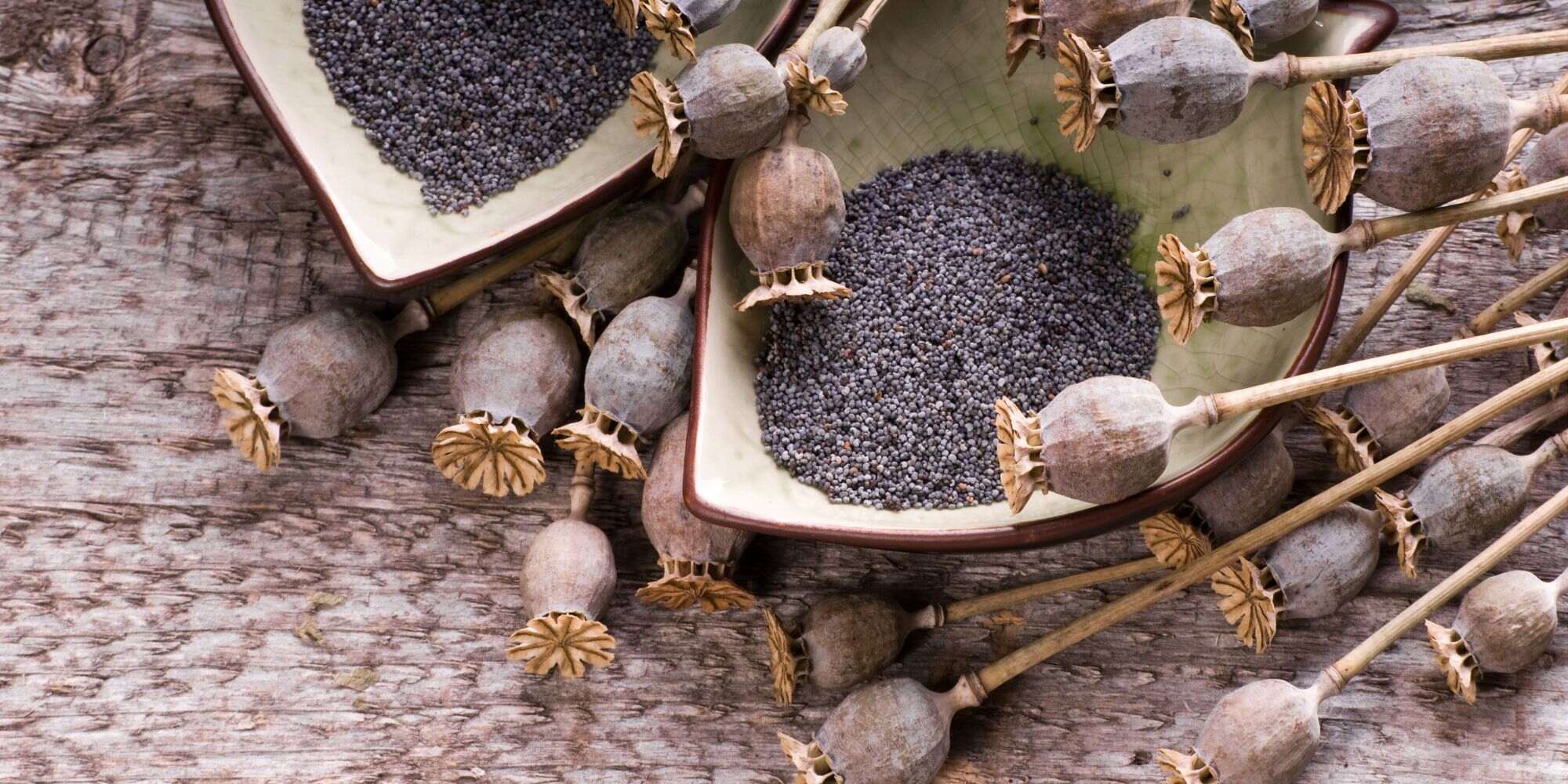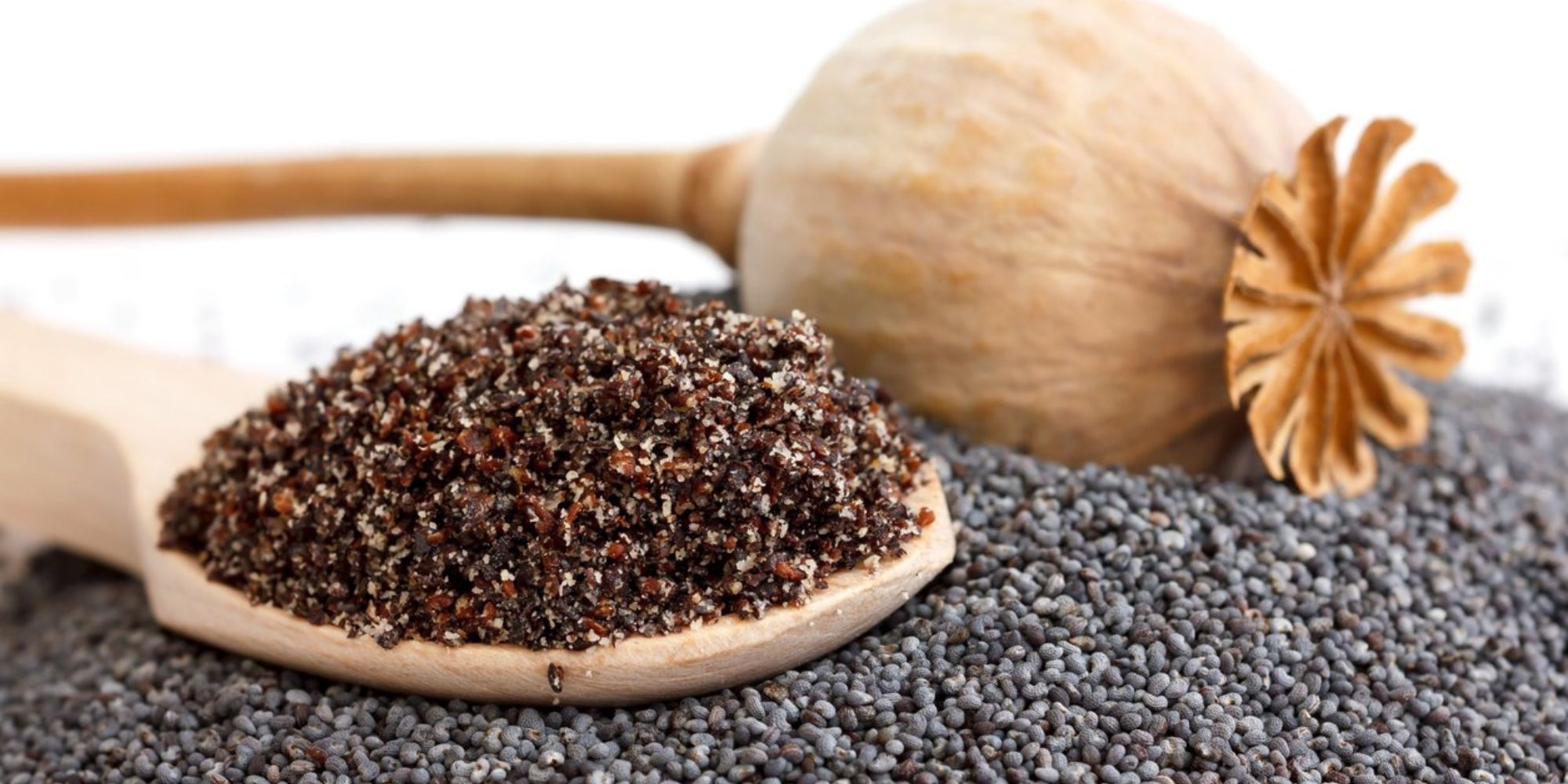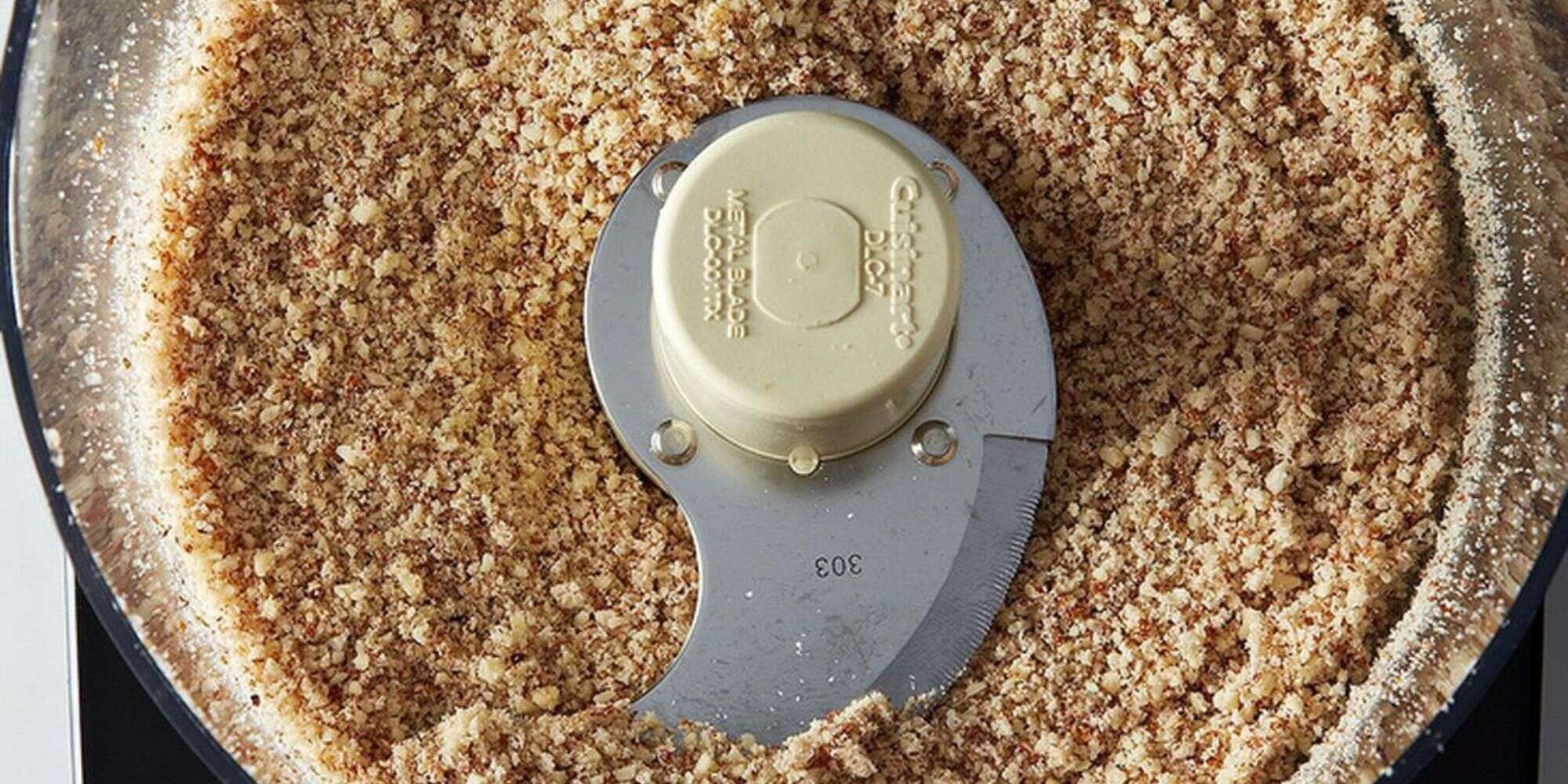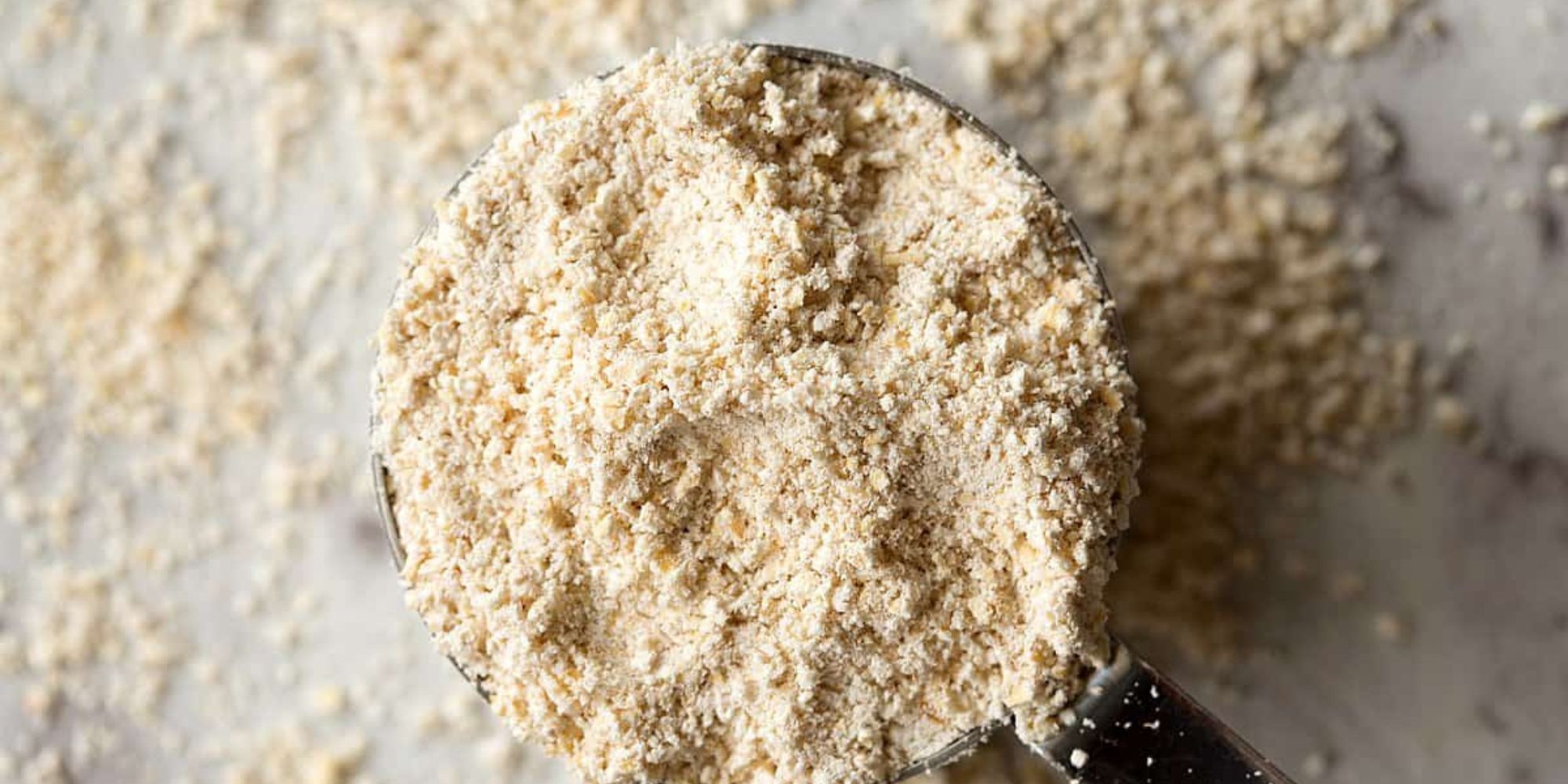Grinding Raw Chicken Bones: A Complete Guide
Grinding raw chicken bones at home can be a great way to provide your pets with the essential nutrients found in bone marrow. While it may seem daunting at first, with the right equipment and knowledge, you can easily grind raw chicken bones to create a nutritious meal for your furry friends.
Why Grind Raw Chicken Bones?
Raw chicken bones are an excellent source of calcium, phosphorus, and other essential minerals for pets. Grinding the bones makes it easier for pets to consume and digest, ensuring they receive the maximum nutritional benefit from the bones.
Equipment You’ll Need
Before you get started, make sure you have the following equipment:
- Meat grinder or food processor
- Cutting board
- Knife
- Protective gloves
Steps to Grind Raw Chicken Bones
Now that you have the necessary equipment, follow these steps to grind raw chicken bones:
- Start by cutting the raw chicken bones into smaller, more manageable pieces using a sharp knife and cutting board.
- Put on protective gloves to ensure your safety while handling the bones.
- Place the cut raw chicken bones into the meat grinder or food processor.
- Turn on the grinder or food processor and begin the grinding process. Make sure to follow the manufacturer’s instructions for your specific equipment.
- Continue grinding the bones until they reach a consistency that is suitable for your pet’s consumption.
- Once the bones are ground to your desired consistency, store the ground bones in an airtight container in the refrigerator or freezer until you are ready to use them.
Safety Precautions
When grinding raw chicken bones, it’s important to keep the following safety precautions in mind:
- Always wear protective gloves to prevent any injuries while handling the bones.
- Ensure that your equipment is in good working condition and follow all safety guidelines provided by the manufacturer.
- Keep the work area clean and free of any potential hazards.
Benefits of Ground Raw Chicken Bones
Feeding your pets ground raw chicken bones can offer several benefits, including:
- Supplying essential nutrients like calcium and phosphorus for bone and teeth health.
- Supporting digestive health and providing a natural source of fiber.
- Promoting healthy coat and skin due to the presence of essential fatty acids.
Conclusion
Grinding raw chicken bones can be a simple and rewarding process that allows you to provide your pets with a natural and nutrient-rich food source. By following the steps outlined above and taking the necessary safety precautions, you can ensure that your pets receive the maximum nutritional benefit from ground raw chicken bones.
Remember to consult with a veterinarian before making any significant changes to your pet’s diet, especially if they have any existing health conditions. With the right approach, grinding raw chicken bones can be a valuable addition to your pet’s diet.
